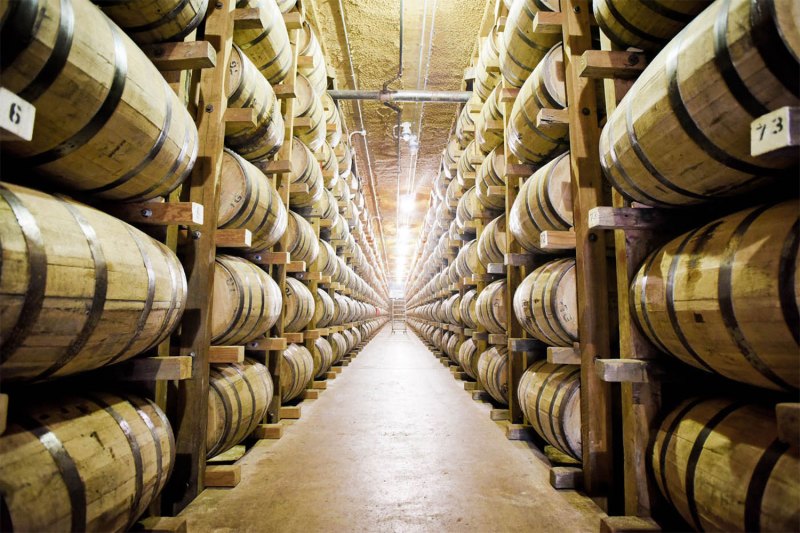
Some people might say that planning a vacation around visiting every bourbon distillery in Kentucky is a sign of a drinking problem. However, those people likely don’t appreciate the hard work, craftsmanship, and history behind America’s spirit and the storied bourbon distilleries that reside along the bourbon trail. The fact that they all give away free samples of their product on their distillery tours isn’t the only reason we plan to visit these landmarks — it’s the history!
Also, Kentucky is an often overlooked and beautiful tourist destination that offers way more than just whiskey. There are also thoroughbred horses, a ton of civil war historical landmarks, and renowned hiking and rock climbing destinations. But you’ve come here for one thing, to learn about the bourbon trail, so the bourbon trail we will cover.
Kentucky’s Bourbon Trail now consists of 18 whiskey distilleries. Some of them are new kids on the block, and others have been around since bourbon’s inception. In fact, if you visit every distillery on the trail, you’ll probably hear more than one say it’s the oldest. This is because there are no definite records of how generic “whiskey” became bourbon. So distilleries are known to take liberties to try and seem the oldest and sell more bottles of bourbon at the end of their tours.
The bottom line is, if you’re a fan of bourbon, it doesn’t matter which distillery is the oldest. Each distillery on the bourbon trail (new or old) makes a fantastic product. Each one brings its own unique aspect to the buttery-brown spirit.
Very few people have the time to visit every distillery on the trail, since it encompasses nine different cities/towns — some 70 miles apart. If you’re the type that doesn’t like to be told they can’t do things, we’ve mapped out a bourbon trail itinerary that will let you experience every distillery in three to four days if you hustle. And, if you want to take your time, this guide will help you choose the ones you want to visit the most. There are some important logistics to note before we get into our guide.
Home Base
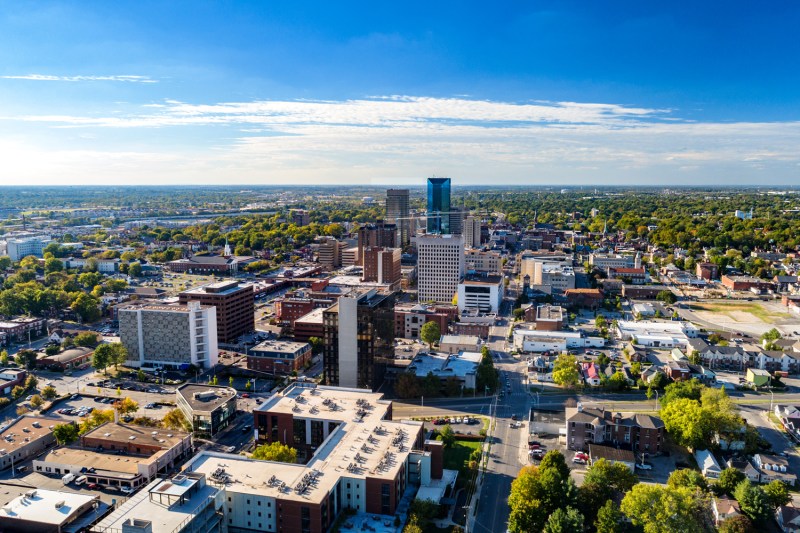
It’s up to you where you stay during your trip, but we suggest you set up camp in either Louisville or Lexington (or alternate between the two). These are the two largest cities in Kentucky, so they’ll be providing the most options when it comes to lodging, food, entertainment, and other non-bourbon-related offerings.
Transportation
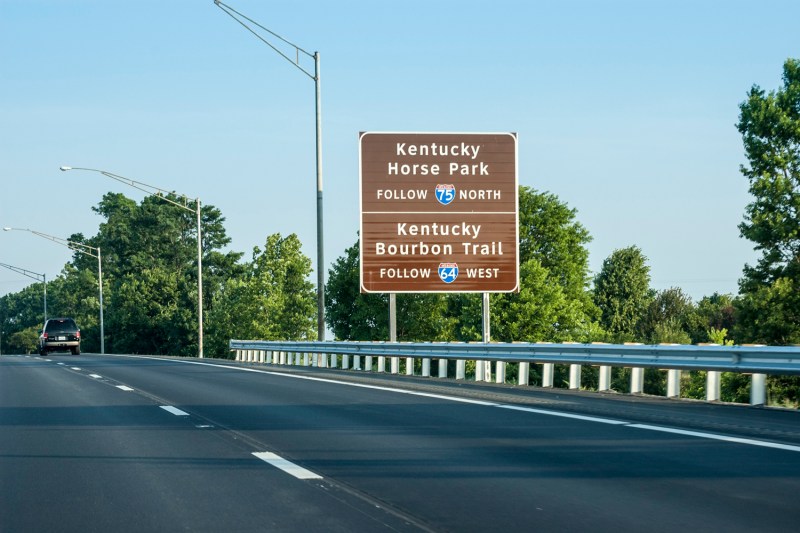
If you’re planning on trying the samples at the end of the distillery tours (and why wouldn’t you), you’ll want to make sure you have transportation for your group, or at least a designated driver. Kentucky doesn’t mess around with driving drunk, and the last thing you want is a DUI on your vacation. A quick online search will provide many local tour companies with different bourbon trail tour packages. Suppose you want to customize your itinerary and have more of a private experience. In that case, there are also a ton of limo and party bus rental companies.
Tours
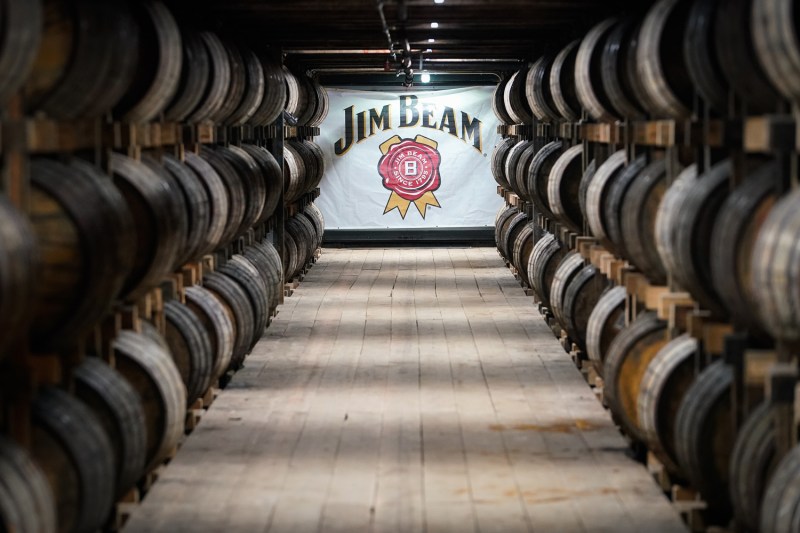
When planning your trip, keep in mind that you don’t have to go on every tour that each distillery puts on. In fact, to be able to get in as many distilleries as possible, we’d suggest you don’t. Every distillery tour takes about an hour. In peak season (spring/summer), they can take even longer due to the high volume of tourists.
You can get a good idea of any distillery’s history by strolling the grounds open to visitors and visiting the gift shop. If you decide to use a tour company for transportation, they can tell you anything you need to know about any distillery. We suggest saving the tours (and saving money) for your absolute favorite distilleries. Now, break out your favorite whiskey glass, make yourself an old-fashioned, and strap in to learn about Kentucky’s Bourbon Trail.
Note: Many of the distilleries on the Bourbon Trail have limited tour schedules or have canceled tours altogether, thanks to the pandemic. Check each distillery’s website for tour availability and safety guidelines.
Day 1 — Louisville
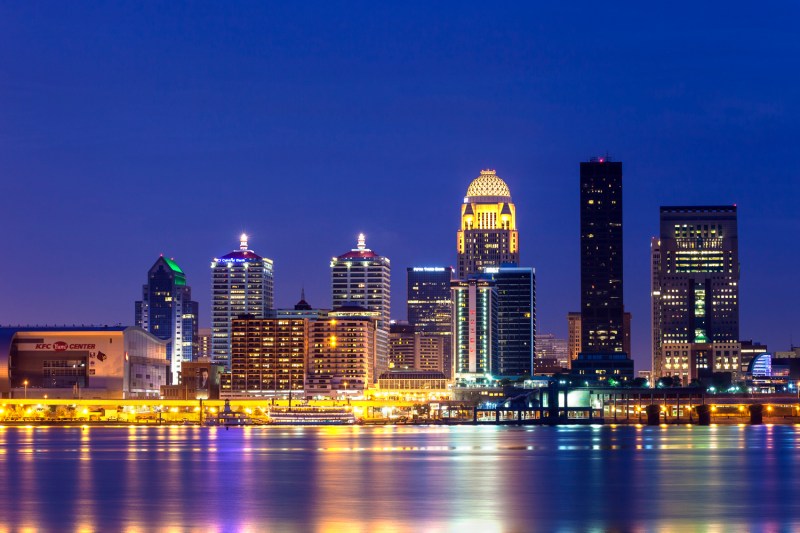
The first day of your three-day distillery sprint is a big one. You’ll be knocking out 6 of the 18 distilleries on the trail. If you can get out the door early, you should be able to tour each of these distilleries.
Read more: Louisville Tour Guide
Green River
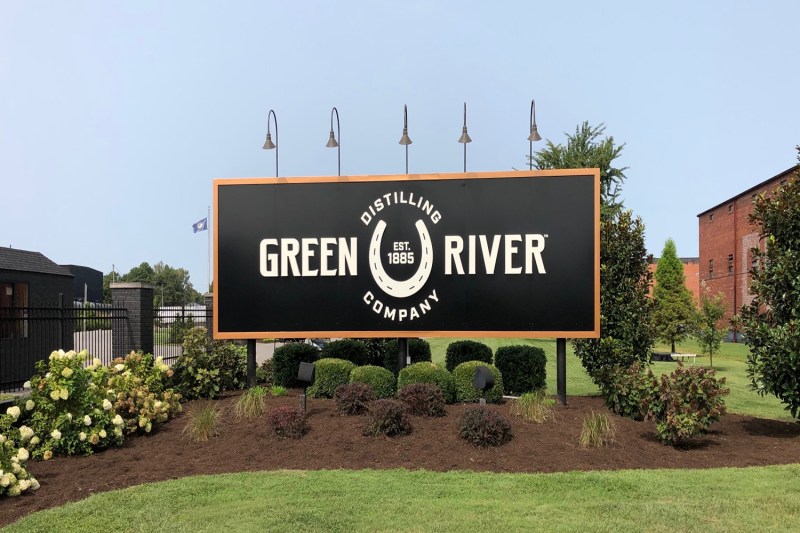
Dating back to 1885, Green River distillery is the 10th registered oldest distillery with a storied past. Now, with ownership back in the hands of the founder J.W McCulloch’s great-grandson, the award-winning bourbon flows once again.
Although we recommend seeing the beautiful 28-acre distillery, Green River is what we call “the outlier” of the bourbon trail. The distillery is on the Green River in Owensboro, Kentucky — about a two-hour drive East of Louisville. If the Green River Distillery is a must-see for you, we recommend giving yourself an extra day for the entire trail and breaking up Louisville day one into a two-day stay.
Stitzel-Weller
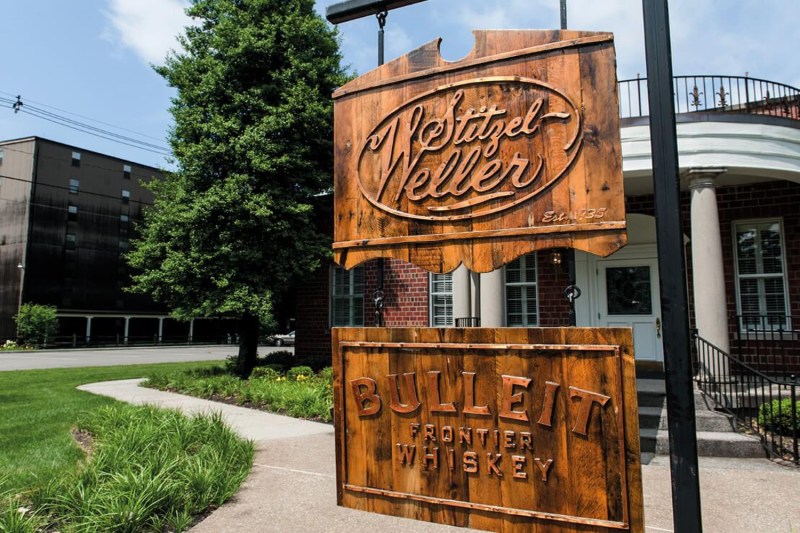
Suppose you choose to omit the Green River distillery from your itinerary. In that case, we suggest beginning the bourbon trail at the Stitzel-Weller distillery. This is because it lies slightly on the outskirts of town. By checking this one off first, you can finish the day visiting downtown’s “whiskey row” distilleries that are walkable or short cab rides.
Stitzel-Weller used to produce several prominent Kentucky bourbons (W.L. Weller, Old Fitzgerald, and Pappy). The distillery closed in 1992. The Diageo corporation bought the brand in 2014 and sold the W.L. Weller brand to the Sazerac company (Buffalo Trace). Now, Stitzel-Weller produces one brand of bourbon, Blade and Bow, by blending some of the oldest stocks of the original distillery with other bourbons.
Book Now
Evan Williams
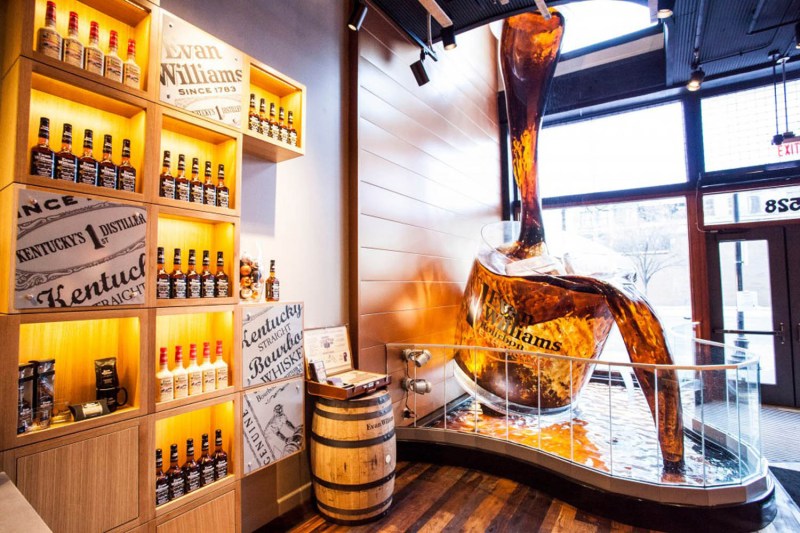
Evan Williams is said to be the oldest commercial distillery in Kentucky (1783). Evan Williams (flagship brand of the Heaven Hill Group) is also a great place to start because it’s located in downtown Louisville’s historic “Whiskey Row.” The current distillery is situated across the street from where the original one once stood, overlooking the Ohio River. A great reason to have Evan Williams second on your list is that its distillery tour goes into the history of the bourbon trail, along with the history of the distillery itself.
Book Now
Mitcher’s
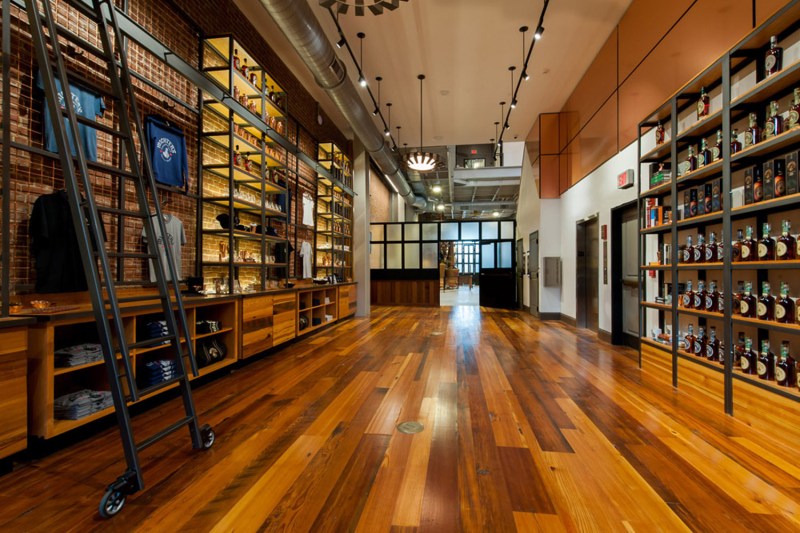
Mitcher’s historic Fort Nelson Distillery is the “official” starting point of the bourbon trail. However, we suggest you save this distillery for mid-day. If you have the time and want to sober up before your next distillery, there are many walkable restaurants and other attractions, like the Louisville Slugger and Frazier History Museums. In 2019, Mitcher’s opened the doors to this downtown Louisville location after seven years of renovations. You can learn about Mitcher’s “cost be damned” approach to making their multiple award-winning, world-class bourbons.
Old Forester
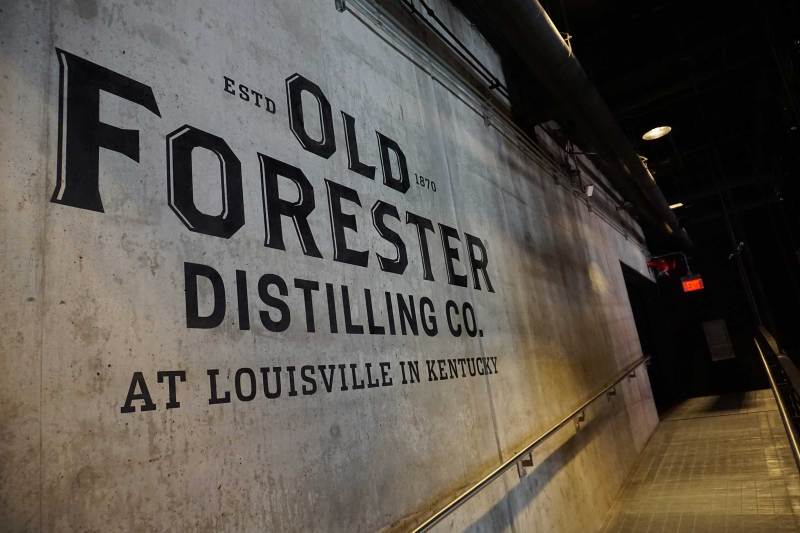
While Evan Williams claims to be the oldest commercial distillery in Kentucky, Old Forester’s claim to fame is being America’s first bottled bourbon (1870). Creator George Garvin Brown used to personally test and hand-write on every label, a personal note attesting to the bourbon’s quality. Today the same quality is ensured by 5th-generation family member Cambell Brown.
Angel’s Envy
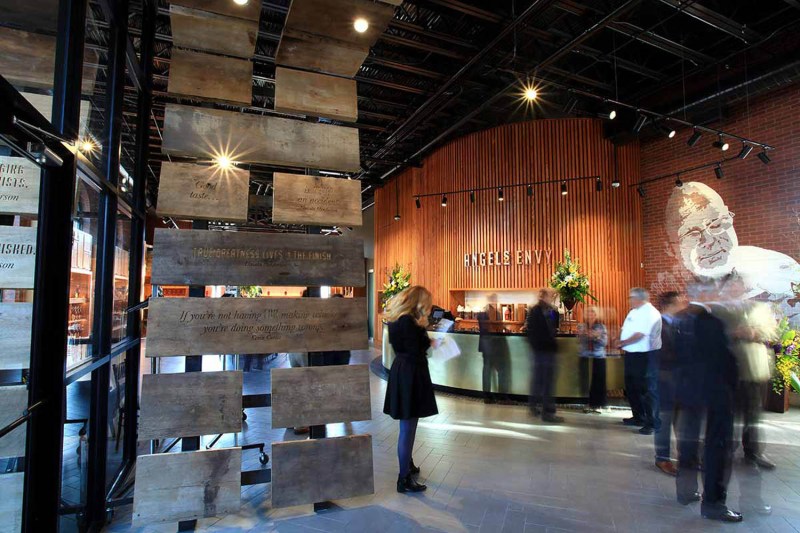
Angel’s Envy is produced by the Louisville Distilling Company (a subsidiary of Bacardi Ltd.) and founded by Wes Henderson—son of Master Distiller and Bourbon Hall-of-Famer, Lincoln Henderson. Lincoln came out of retirement to work on Angel’s Envy with his son, Wes. Angel’s Envy is unique because it was the first Kentucky bourbon producer to bring secondary finishing to the forefront, giving the whiskey and added complexity. The Henderson family is still highly involved with Angel’s Envy bourbon production, with a third-generation Henderson now helping operate this small-batch whiskey company.
Rabbit Hole
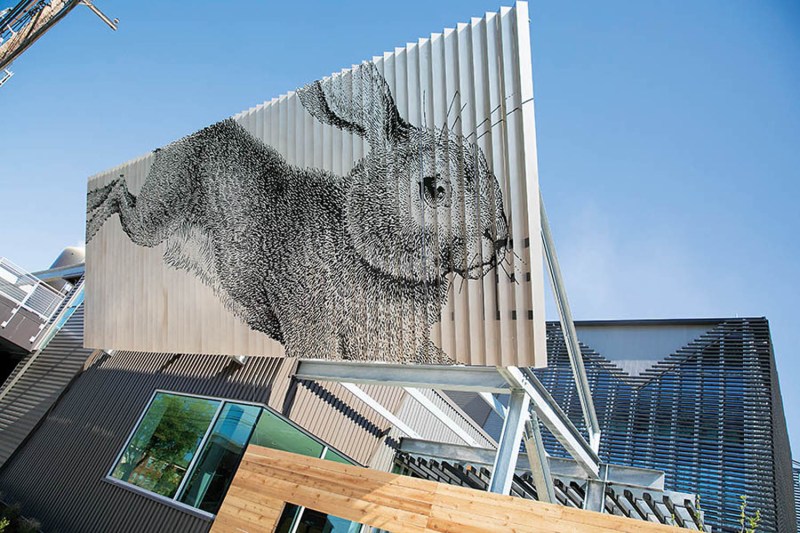
When exploring downtown Louisville, it’s impossible to not notice Rabbit Hole’s modern cathedral that pays celebrates the art and science of distillation. Labeled one of the most “immersive” bourbon experiences for its visitors. Founder Kaveh Zamanian found his true calling not in psychology but in crafting deliciously unique bourbon.
Day 2 — Heading Towards Lexington
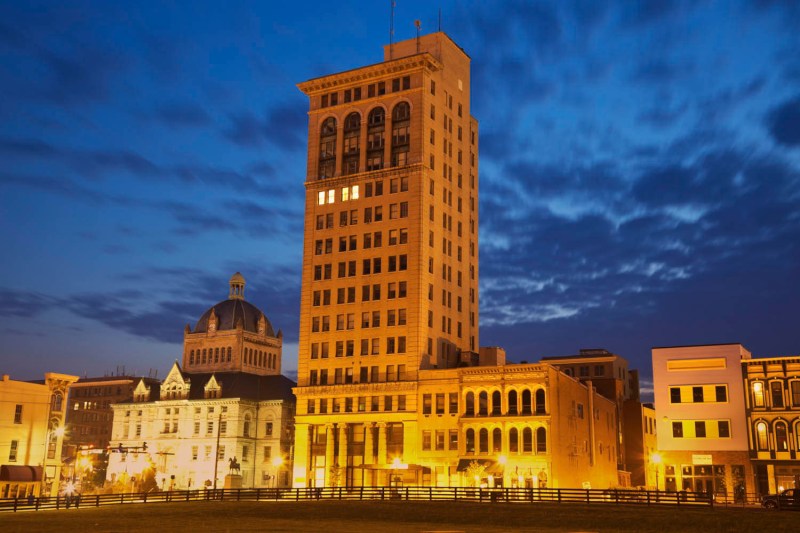
After enjoying a day of enjoying distilleries that are within close proximity of one another, now is when the travel begins. For day two, we suggest making your way toward Lexington and visit the distilleries in between, and finish with the one that resides downtown. Because of the distance between distilleries and their available tour hours, it’s impossible to tour every one of these distilleries. This is when utilizing a limo/party bus, or tour service comes in handy.
Bourbon Trail tour services have been shuttling whiskey fans around the state for a long time. To save time, but also learn about the history of the distilleries, try a tour service. Party bus/limo drivers have been doing the same, but their knowledge of the trail may not be as extensive. Either way, you’ll have safe and dependable transportation on the second day of your trip.
Bulleit
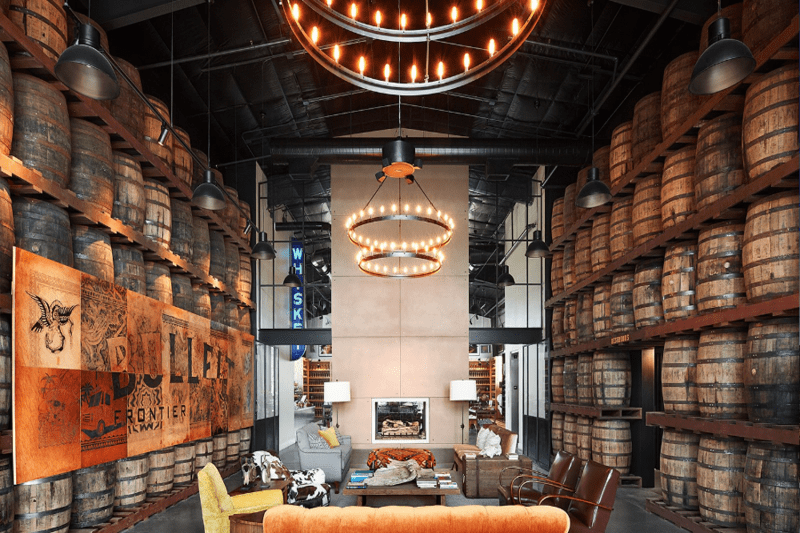
Bulleit is a popular brand shrouded in mystery. It came to life in 1989, when Thomas Bulleit Jr. left a successful law practice to resurrect a family passion started by his great-great-grandfather Augustus Bulleit. Augustus was known for making high-rye whiskey in the early to mid-1800s. The mystery behind the brand lies in Augustus’s disappearance while transporting across the frontier a batch of his whiskey, forevermore known as the frontier whiskey.
Buffalo Trace
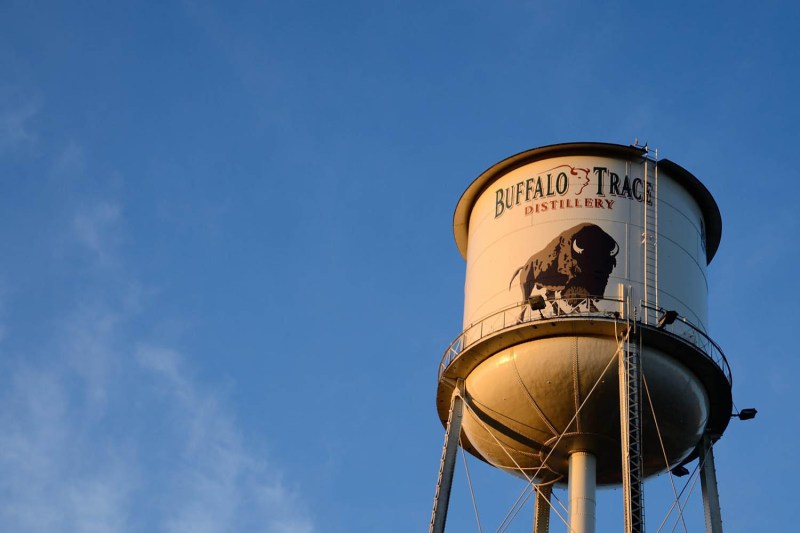
It’s not clear why Sazerac pulled their two biggest distilleries (Buffalo Trace and Barton 1792) from the Kentucky Distillers Association (KDA) and thereby out of the bourbon trail in 2010. It’s likely because, at the time, they were Kentucky’s largest bourbon producer and didn’t want to pay the dues (more about that at the end). Still, a part of the bourbon trail or no, the Buffalo Trace distillery is considered a Mecca for bourbon lovers around the globe. The facilities are enormous and house a total of 19 brands of bourbon. If you can’t make their highly informative tour, simply strolling around the grounds and picking up a rare bottle of whiskey in the gift shop is worth it.
You can make it to Buffalo Trace (Frankfort) from the Bulleit distillery (Shelbyville) in about 30 minutes. If you choose to omit Buffalo Trace, we recommend heading down to Four Roses (Lawrenceburg), then working your way back Northeast toward Lexington.
Four Roses
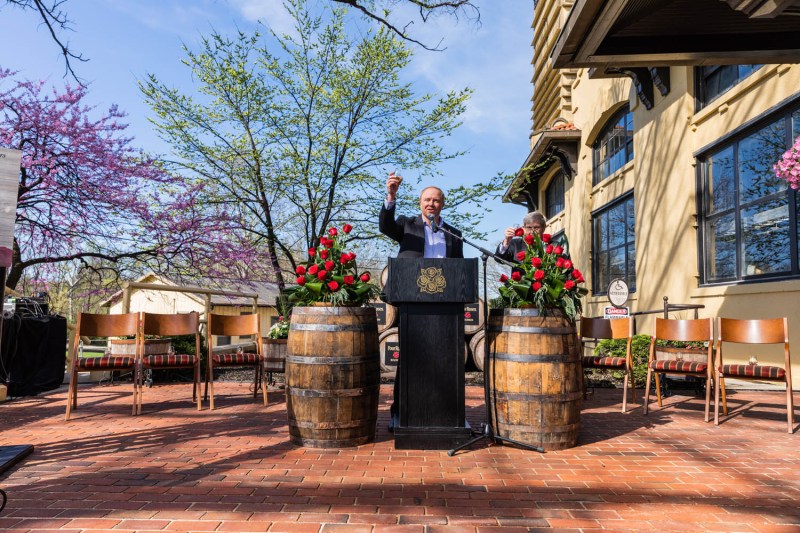
The beautiful Four Roses Lawrenceburg distillery reflects the story of the brand. The bourbon was named after founder Paul Jones Jr.’s romantic gesture of giving a four-rose corsage to his sweetheart before a ball in 1884. Now the distillery boasts gorgeous Spanish architecture and a mellow vibe shared by all of the staff.
Wild Turkey
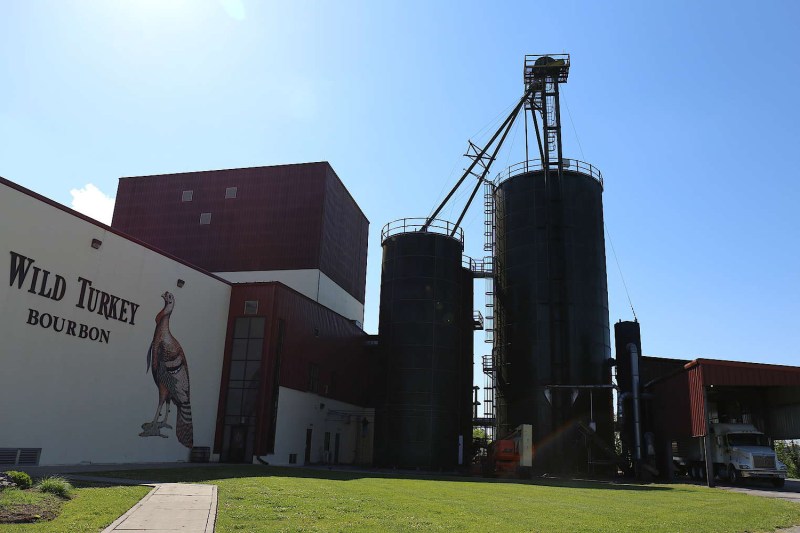
After visiting the mellow Four Roses facility, head to their neighbor, that has always positioned itself as bourbon’s bad boys — Wild Turkey. Wild Turkey is yet another distillery on the trail with a ton of heritage and family influence. Their main claim to fame is Jimmy Russell, the world’s most tenured master distiller. He’s been crafting bourbon for over 60 years. He now makes bourbon next to his son Eddie, who also has more than three decades of experience.
Woodford

If you’re looking for Kentucky majesty, you’ll be hard-pressed to find grounds more beautiful than those of the Woodford Reserve Distillery in Versailles. Woodford can claim that it is the “oldest” distillery in Kentucky because it’s been located in the same place since 1812. Other distilleries like Evan Williams have moved their operations over the years. Because of this, Woodford Reserve is a national historic landmark. Not only do they make award-winning whiskey, but a large portion of their business is also dedicated to making the bourbon industry in Kentucky sustainable.
Town Branch
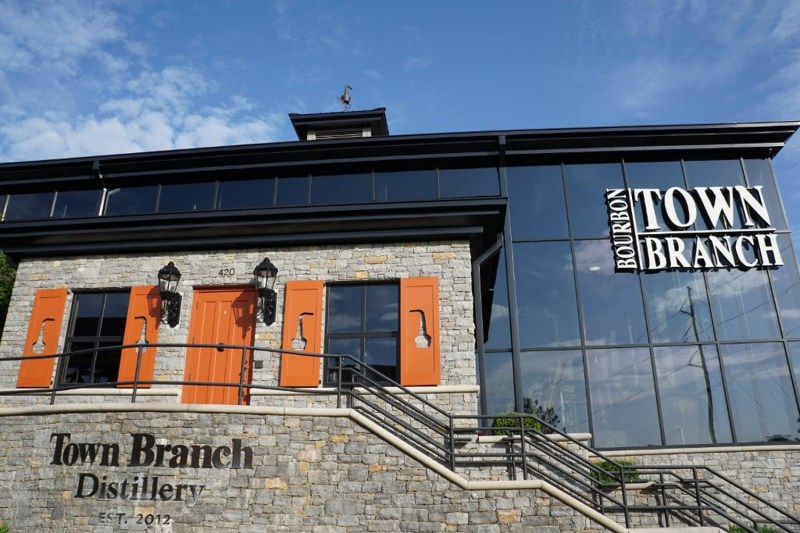
After a lot of driving around, you’ve finally made it to Lexington (home base for night two), home of Town Branch distillery. Town Branch whiskey dates back to 1794 and was recently resurrected by Irish entrepreneur Pearse Lyons. If you’re a little whiskey’d out by this point, the good news is Town Branch also brews beer, making it the only hybrid distillery/brewery on the Bourbon Trail.
Day 3 — Back to Louisville
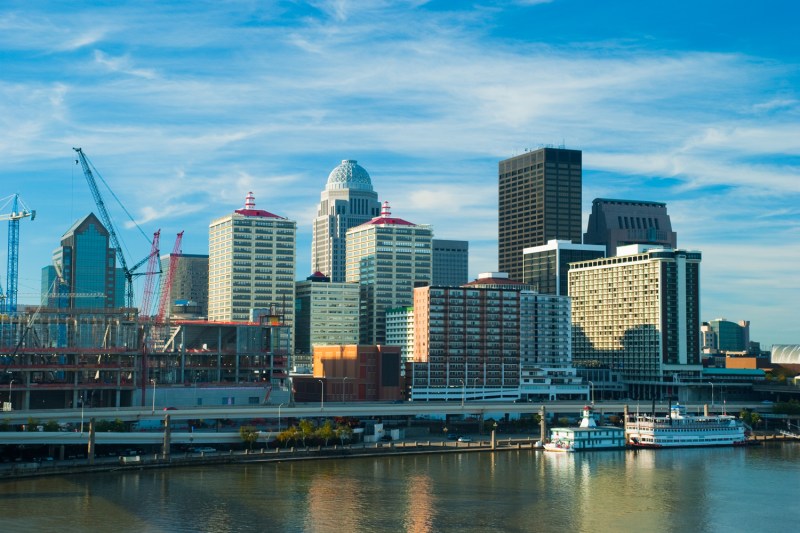
It’s the final stretch. Time to get up bright and early, pop some ibuprofen, and get back on the road. On day 3, plan on making your way back to Louisville on a Southbound route, then staying in Louisville again after you’ve completed the trail. The same goes for day two in terms of travel options and picking which distilleries you want to tour the most because you’re on a time crunch.
Wilderness Trail
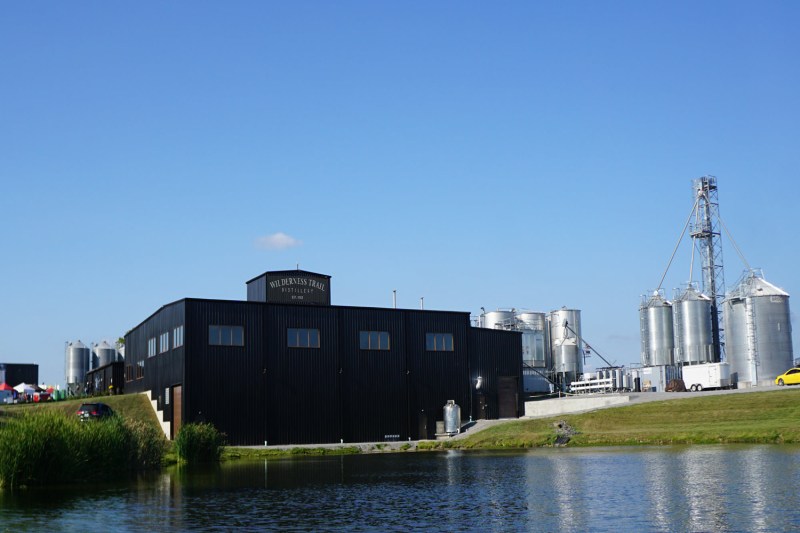
Your first stop will be about an hour’s drive Southeast to the Wilderness Trail Distillery in Danville. Nestled within a massive 168-acre plot of land, Wilderness Trail is a new kid on the block (2012). They blend old-school craftsmanship with the latest advances in distilling science.
Maker’s Mark
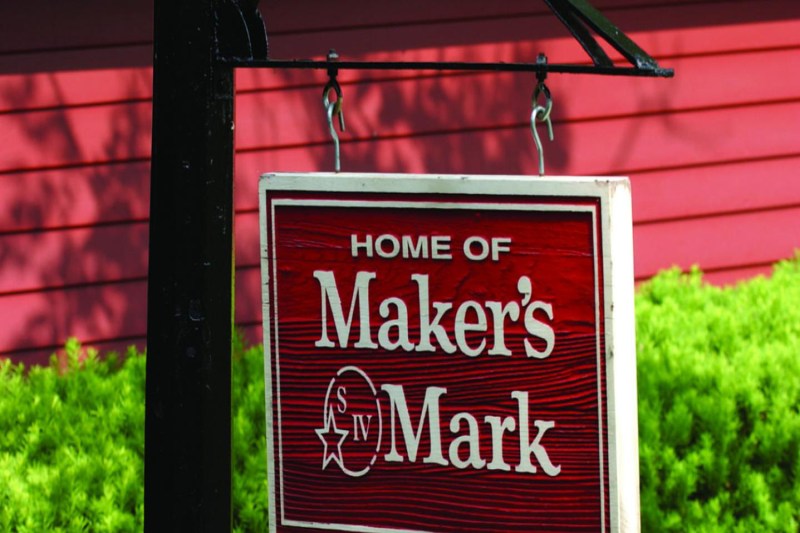
From Wilderness Trail, you’ll head West to Lebanon and Maker’s Mark. Maker’s Mark is quite possibly one of the most recognizable whiskey brands in the world, thanks to the six-generation Samuels family recipe and its distinctive wax seal on every bottle. On the tour, you’ll have the option of sealing your very own bottle in wax, which is a unique experience you can’t find anywhere else.
Bardstown Bourbon Co.
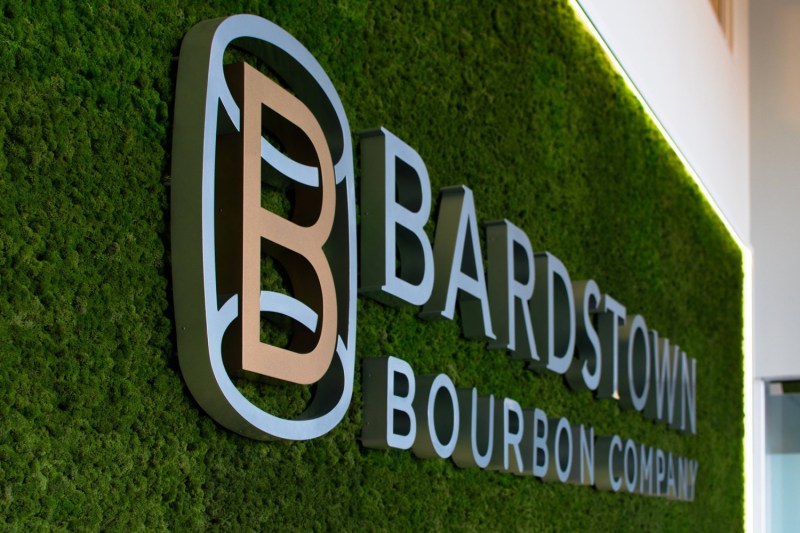
From Maker’s Mark, head about 30 minutes northwest to Bardstown Bourbon Co. Bardstown is considered by many in Kentucky to be the heart of bourbon country thanks to its fertile land, made possible by its many tributary rivers. Bardstown Bourbon Co. will make you think you’ve been transported to wine country in Napa Valley. In fact, that is precisely the type of experience they try to offer all of their guests. With gourmet culinary offerings, tasting options of their over 40 mash bills, and a comprehensive tour of their sophisticated facilities, you won’t find a distillery experience on the trail like this one.
Lux Row
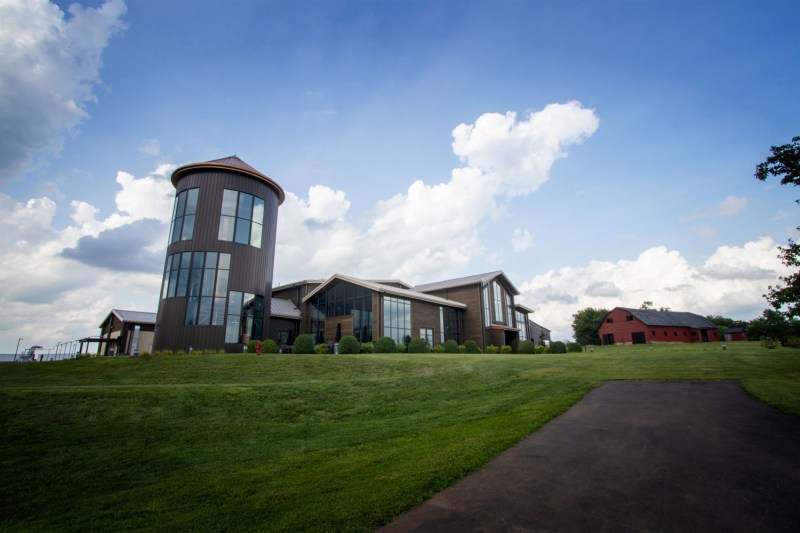
Next, make your way to Lux Row. It’s literally down the street from Bardstown Bourbon Company. Luxco brand whiskeys is a collection of whiskey recipes, some of which date back over 170 years and originated at the Stitzel-Welle distillery (Rebel Yell, David Nicholson 1843). Now, four different whiskey brands, all with unique stories, are produced under one roof at the Lux Row distillery.
Heaven Hill
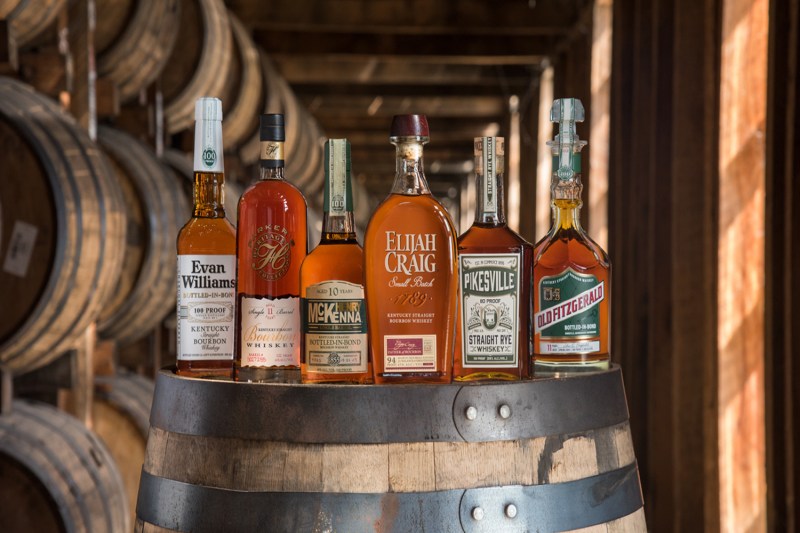
After Lux Row, head to the last one in Bardstown, Heaven Hill. The Heaven Hill distillery has been family-owned and operated since 1935, making it fairly young for a distillery of its size. Heaven Hill is the largest independently owned distillery in the world. With some help from a notable Kentucky distilling family member, Earl Beam (Master-Distiller from 1946-1975), Heaven Hill got its operations off the ground. Heaven Hill produces more than 400,000 barrels annually and has won multiple world spirit awards for bourbons like Elija Craig and Henry McKenna.
Jim Beam
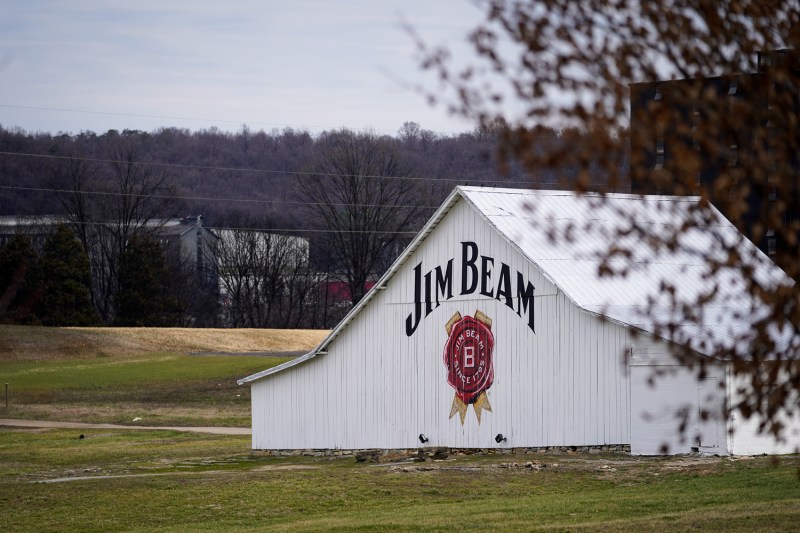
Finally, leaving Bardstown and heading North back towards Louisville, make your last stop at the world’s #1 bourbon (according to sales) producer, Jim Beam. Although it’s now owned by Japanese mega-conglomerate Suntory, the seven-generation family-owned company’s rich history is still evident. The Jim Beam name dates back to before Kentucky was even a state. Their German immigrant ancestors settled on the land to grow corn that would soon after be used to make their original-recipe whiskey. Although you might be very tired of bourbon by this point of your trip, you would be remiss to pass up on one of its most influential brands.
How Does a Distillery Get Featured on the “Official” Bourbon Trail?
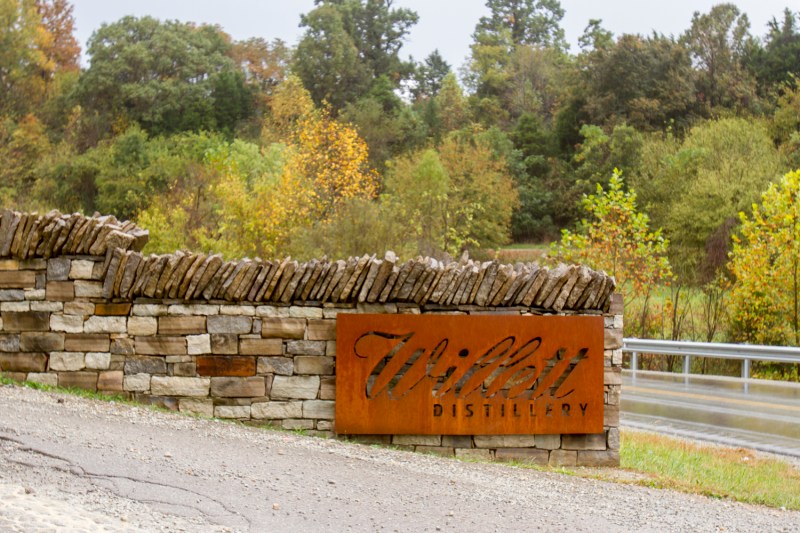
It’s not entirely clear how distilleries are selected to be featured on the bourbon trail. What is clear is that a distillery has to meet the following criteria.
- Be a member of the Kentucky Distillers Association (KDA).
- Follow the Code of Responsible Practices for Beverage Alcohol Advertising and Marketing, set forth by the Distilled Spirits Council.
- Abide by all applicable KDA by-laws, federal, state, and local laws and ordinances, and pay annual dues.
You probably already know that there are more than 18 distilleries in Kentucky. Currently, there are close to 100. For a distillery to be considered a part of the bourbon trail, they have to be recognized as a Kentucky Distillers Association (KDA) member. The KDA is a non-profit association established in 1953 to ensure that its members followed the best distilling practices.
Today, to be a “Heritage Level” member of the KDA, a distillery must keep an inventory of at least 25,000 barrels at all times. A distillery must also pay dues of a one-time initiation fee of $65,000 and a quarterly payment of 10 cents per barrel.
The next level of KDA membership is the “Proof Level.” To qualify for “Proof” membership, distillers must keep an inventory between 10,000 and 24,999 barrels and pay annual dues of $1 per barrel produced. A one-time initiation fee of double the first annual due amount is also applied. A “Craft Distillery” membership is the last level of KDA membership. To qualify, distillers must keep an inventory of under 10,000 barrels. Dues for “Craft” distilleries vary year-to-year.
Overall, 37 members of the Kentucky Distillers Association operate one or more distilleries in Kentucky. Of these members, not all “Heritage Level” members are on the trail, with Willett distillery recently leveling up to “Heritage,” yet still being featured on the Craft Distillery Tour. Also, some “Proof Level” (Rabbit Hole, Wilderness Trail) and “Craft Level” (Town Branch) are featured on the trail.
After reaching out to the KDA for comment, their representative couldn’t (or wouldn’t) tell us any more than that distilleries had to be members to be on the trail. They did tell us that there are talks of combining the craft distilleries with the bourbon trail to make one colossal trail. However, when it comes to who gets picked for the trail, it is probably left to closed-door KDA dealings.
What is the Kentucky Bourbon Trail Craft Tour?
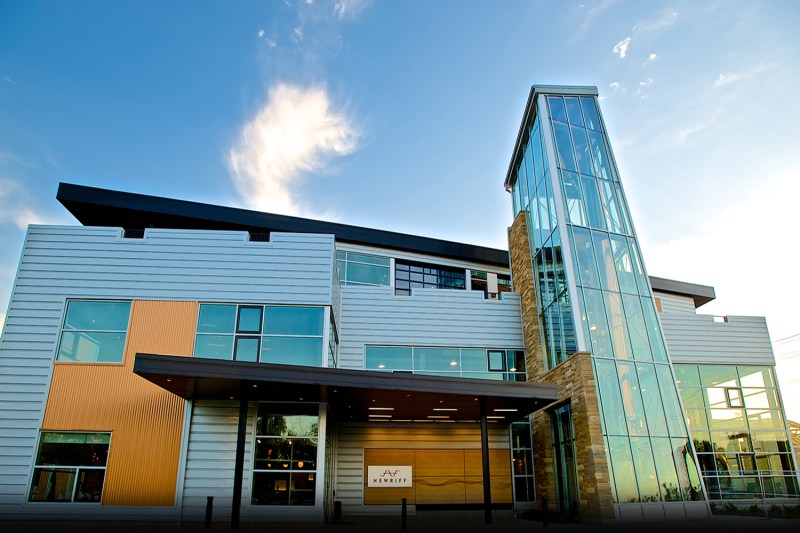
The Bourbon Trail Craft Tour is a way to see smaller distilleries that are not a part of the official Bourbon Trail but still are members of the KDA. The Craft Tour is comprised of 19 different distilleries that are broken up into four different regions.



